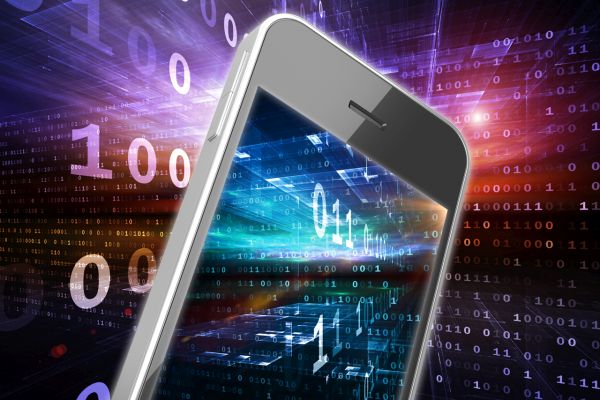Published on the 17/02/2015 | Written by Beverley Head

Consumer appetite for mobile data is surging – but are corporates getting a raw deal if they are paying for it?…
In the lead up to the Mobile World Congress in Barcelona next month, Gartner has predicted mobile data volumes will surge 59 percent this year. While much of the traffic comes from consumer applications and downloading of video, the growing popularity of mobile apps and cloud allowing flexible access to corporate applications will further boost mobile data figures.
For enterprises which pay some or part of employees’ mobile costs, this poses a real challenge – especially in BYOD shops which allow free choice of device.
The latest Citrix Mobile analytics report holds some salient warnings for IT managers trying to keep control of communications costs even as data demand soars. According to the report iPhone 6 Plus users generate nearly twice as much data as iPhone 6 users. Needless to say they also generate and consume far more data than earlier generations of smartphones.
The report warns that “mobile data customers need to be aware of this impact on the cost of associated mobile data plans”.
However there is no closing Pandora’s Box as far as mobility is concerned.
While corporates often host a mix of enterprise-supplied and BYOD devices, the report notes that the number of devices managed in the enterprise has risen 72 percent during the last year.
The report notes that “it’s no longer possible for either mobile network operators or enterprise IT to maintain artificial barriers of personal and business mobility”.
Organisations nevertheless need to protect employees and enterprise data, which has led to the rise of the mobile device management solutions that can track, control and if necessary wipe content from lost or stolen devices.
These solutions also allow enterprise to ban or promote use of specific apps.
Citrix’s new report noted that the top blacklisted apps are Dropbox and Mail.
This it said revealed “both the tendency of employees to seek out productivity related apps and the attempt by IT to get the usage of unmanaged non-secure third party applications under control”.
Curiously both Facebook and Twitter feature on both the top five white-listed apps list and the top five black-listed apps list revealing a split opinion on the value or danger of the social media platforms.



























